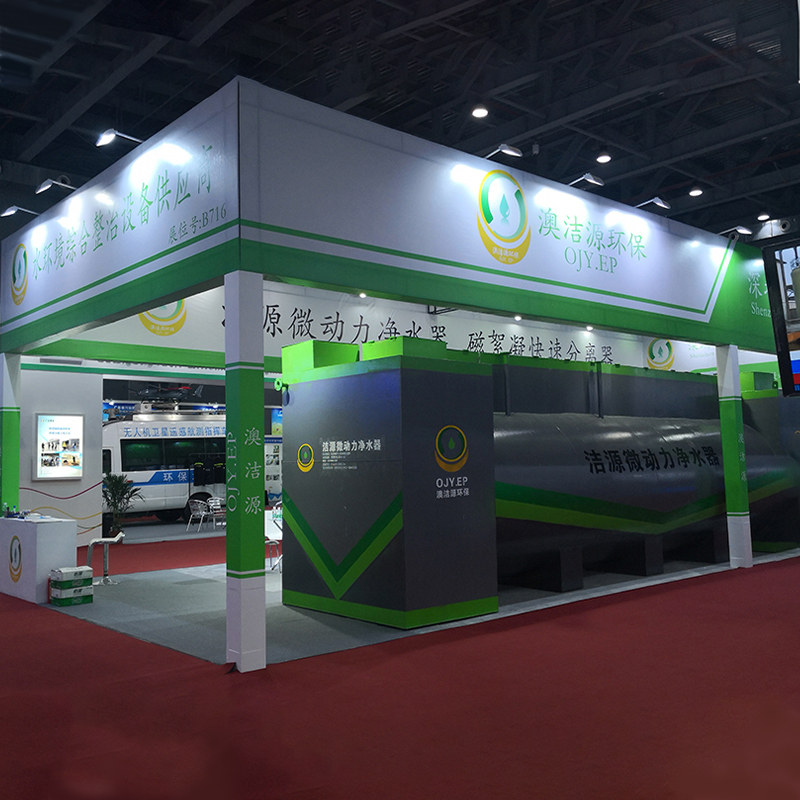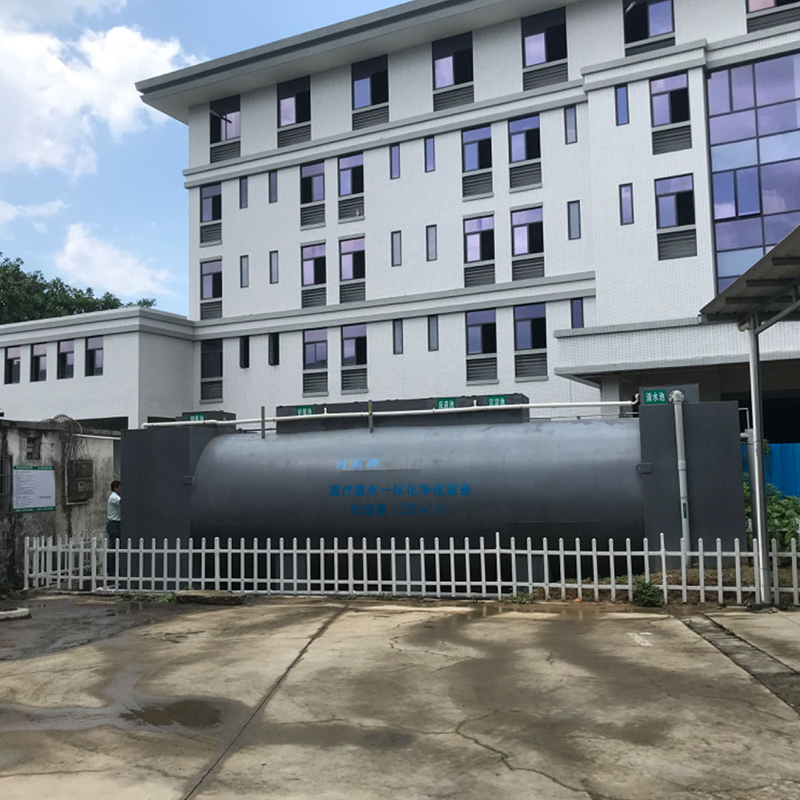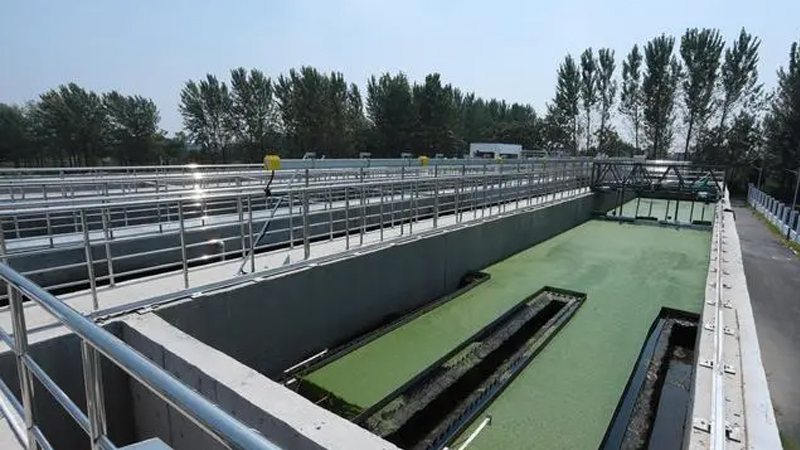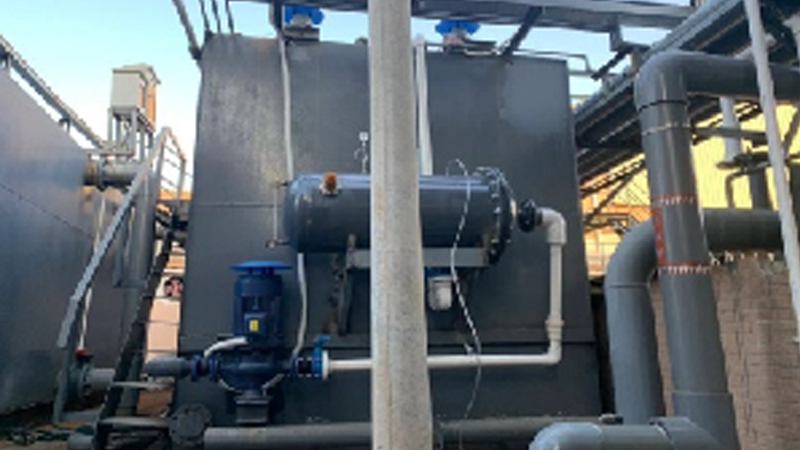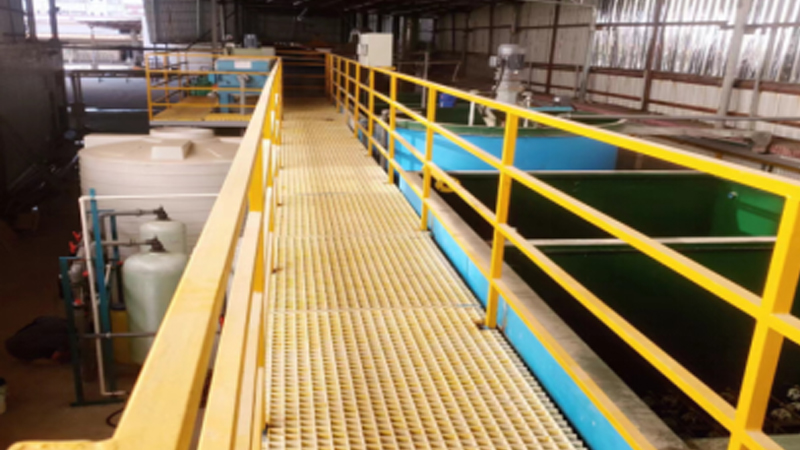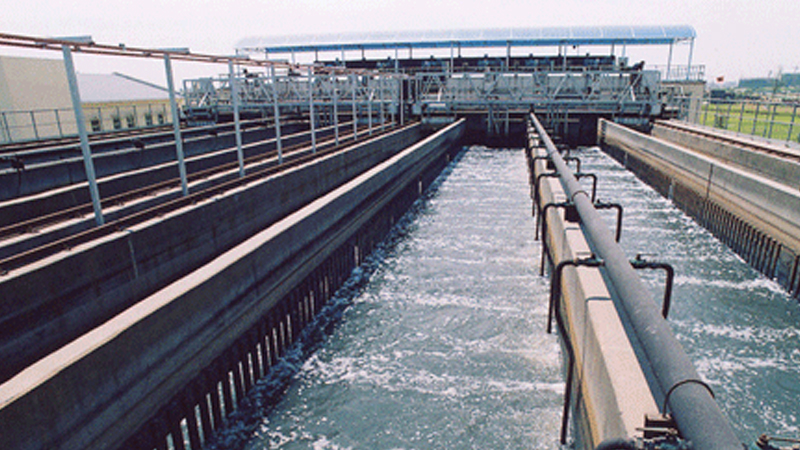Related Products
Latest News
Methods for treating excessive heavy metals in alloy wastewater
To address the issue of excessive zinc and nickel ions in alloy wastewater, the following treatment methods can be adopted:
(1) Chemical precipitation method: Chemical precipitation method is the process of adding chemical reagents to react heavy metal ions with the reagents to form insoluble precipitates, thereby separating heavy metals from water. This method is easy to operate and has a good treatment effect, but it may produce a large amount of sludge and require subsequent treatment.
(2) Adsorption method: Adsorption method utilizes the surface activity of an adsorbent to adsorb heavy metal ions in water. This method has a good processing effect, but the regeneration of the adsorbent is difficult and costly. For example, T-62MP aluminum removal resin is particularly suitable for removing cations such as aluminum, iron, and copper in acidic environments. Although it is mainly used for aluminum removal, similar adsorbents may also be used for zinc and nickel removal.
(3) Biological method: The biological treatment method mainly utilizes the metabolic action of microorganisms to decompose organic matter in water, and has a certain removal effect on certain heavy metals, but the specific effect needs to be determined based on the composition of the wastewater and treatment requirements.
(4) Membrane method: Electrodialysis and reverse osmosis in membrane method are also effective treatment methods. The reverse osmosis method has shown particularly outstanding performance in treating electroplating wastewater, with removal rates of nickel and zinc ions mostly exceeding 99%, enabling the concentration and reuse of heavy metals.



